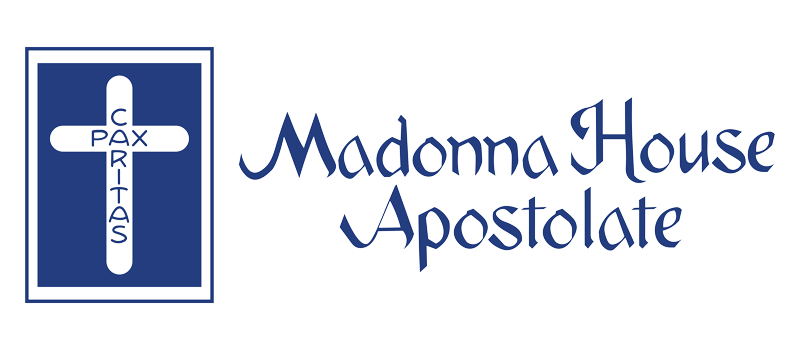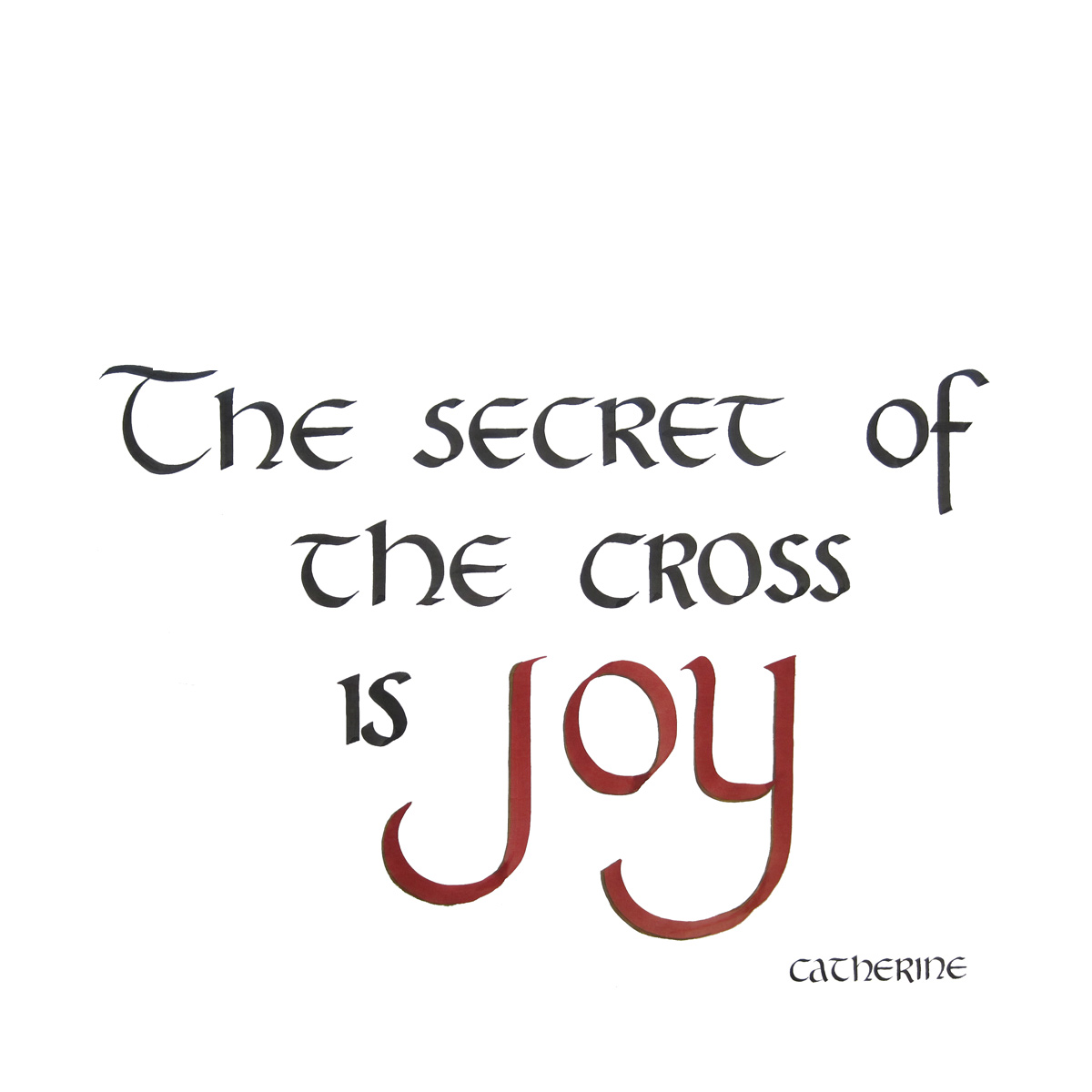This content has been archived. It may no longer be relevant
What we do during Lent generally falls into three categories: prayer, fasting, and almsgiving.
I don’t know about you but I generally choose something from each category that I want to work on, and left on my own, I probably would be satisfied with myself if I saw some improvement in each area by the end of Lent.
In other words, if my prayer were a little more fervent, if my fasting was reasonable all through Lent and not just occasionally, and if my almsgiving was a little more generous than what I usually give.
I call that a “rubber ducky” Lent. A row of ducks all lined up in a row: prayer, fasting, almsgiving—my prayer, my fasting, my almsgiving—quack, quack, quack and one final quack at the end—Easter. Christ is risen, and I fly away.
The disciples, too, were in danger perhaps of being “rubber ducky” disciples. They had seen what the Lord was doing, and they felt they could be a part of something big. They’d take over from the Romans and be big shots in a new Kingdom.
Although the Lord was warning them about hardness of heart, it didn’t really sink in. In fact, nothing much was sinking in. And then suddenly he turns the tide on them, and he starts to teach them about the cross.
So much for rubber ducky disciples. Suddenly their nice view of what it would be like to follow Jesus is utterly turned upside down, and they are shocked.
Peter, leading the way as usual, put into words what they were feeling. He was speaking for all of them. This just can’t happen! This can’t be right! This is not lining up the way we thought it should.
The Lord has another view and the cross symbolizes it. We want in some way a rubber ducky Lent, all lined up in the pond, a nice little pond. What we don’t realize about prayer and fasting and almsgiving is the power in them for God to enter in. It’s a little opening for us but it’s not just a little opening, for it is God you are opening up to.
And so something suddenly opens that we weren’t expecting. The little pond becomes a mighty ocean. And suddenly the waves are high and there is no end to it and a great depth to it and the Lord says, “Thank you for your offering.”
Here are my thoughts on Lent. I had phone calls this week with people sharing this experience. It’s incredible, really, how consistent this was in different parts of the world—so many people having the same or a very similar experience of Lent.
“I was doing this and this and this, and then God said, ‘Face this about yourself. Face this.’
Or God said, “Go there.” “Where?” “Go there to that place that you never thought you would be sent.”
And then God said, “Forgive so and so. Start now. You’ve held on to that grudge too long.” Suddenly you’re in a mighty ocean, and you are in it beyond all you had imagined. This can even happen quite early in Lent.
Then comes the Feast of the Transfiguration. Many look at the Transfiguration as a bit of a respite—a feast when all the Church is invited to climb that mountain with Jesus. So you’re on the mountain top with Jesus. Or maybe God gives you a transfiguration experience at another time.
We have the phrase “mountain top experience”. This is often how retreats are described: it was a mountain top experience.
We always include in our meaning of that, that it doesn’t last. It was really wonderful while it lasted, but then the mountain top experience ends, and we have to go back down to the troubled valley which is what the disciples and Jesus did as soon as their experience ended.
But wait a minute. There is a glimpse of glory here, a glimpse of peace all centered on Jesus. There is Moses and there is Elijah in glory. And Jesus is glorious and is shown as the Son of God, the one who was written about and whom all the prophets pointed to. That’s what this says. In the end only he is left. It’s a very deep symbol and very profound.
But what is the conclusion we are to draw from the Transfiguration? Well, what it teaches us is–this is one conclusion—that the cross leads to glory. We will have glory eventually. The cross is the only way to glory. The cross is the way to resurrection. If I take up my cross, I will know the glory of the resurrection.
So we and the disciples have a moment of peace, a glimpse of glory and then it’s back to the ocean, back to the storms.
Did you ever notice Christ in storms in the Gospel? We often look at the disciples having trouble in those storms, rowing and trying to walk on water and such. Jesus doesn’t have any trouble in storms at all. He walks across the water like he’s taking a stroll through the park on a sunny day.
His disciples say, “It’s a ghost”. And he says, “Oh no, it’s just me, out for a little stroll.” Through the wild waters and the terrible wind and the awful thunder and threatening lightning, he is out for a stroll!
“Be calm,” he tells the ocean, and it does. Jesus has radiance in the storm. The glory of the resurrection is already radiant in Christ now, on this day in Lent, whichever day it is—in the storm, on the mountain, and down in the valley again.
The Lord is filled with his glory and his radiance. He is the radiant Christ, the Son of God, always filled with light, always radiant. Even in the storms? Yes, even in the storms. Even on the cross? Yes, even on the cross.
This brings to mind something that I think is so important for us: that the cross is the radiance of God. The cross is also darkness, a suffering, a confrontation with evil, but it is the radiance of God confronting all that. It is the light of God shining. We are meant to look at that light and to remember it in this storm and when the next storm comes.
And it isn’t just Christ who shines forth this light. There are many saints that shine forth his light. I’m very attracted to that kind of saint. How about you?
What about Maximillan Kolbe in that dark and terrible cell with the murderous Nazis eliminating everyone. He was the last one to go.
He was looking at his enemies and it was so beautiful, because, we are told, his eyes were shining with compassion for them. He felt such pity for them, not just pity but compassion, divine compassion, so much so that they said to him, “Look away; it hurts. Your eyes are too radiant.” It’s a beautiful story.
There are also other saints who lived in darkness but radiated a divine light. An example of this is St. Thérèse. Thérèse was radiant with the love of God but she herself was in a great physical and spiritual pain for the last 18 months of her brief life. Yet she was radiant and she didn’t ask to be taken off the cross either. The peace of God kept her there. The radiance of the cross is so mysterious.
The other one I think of is Mother Teresa. She also knew a great darkness, year after year after year. But who knew except her spiritual director? Who would have thought she was in darkness, this lady of such light?
I saw her once. This was way back in 1970 when I was just barely out of high school. I went to a conference and I saw her talking about contraceptives in India, but she was radiant with the Gospel. It was amazing.
Do you long for that union with Christ? I do! So deeply. Just to be one with him in the glory that comes through the cross. Not to escape the cross because the only way to salvation is the cross, and our way to resurrection is the cross.
And so we continue on our journey through Lent. It’s a beautiful journey. There is radiance in the suffering and radiance in the darkness. We may experience it, we may not, but it is there. And the peace of God and the joy will tell us where to look.





